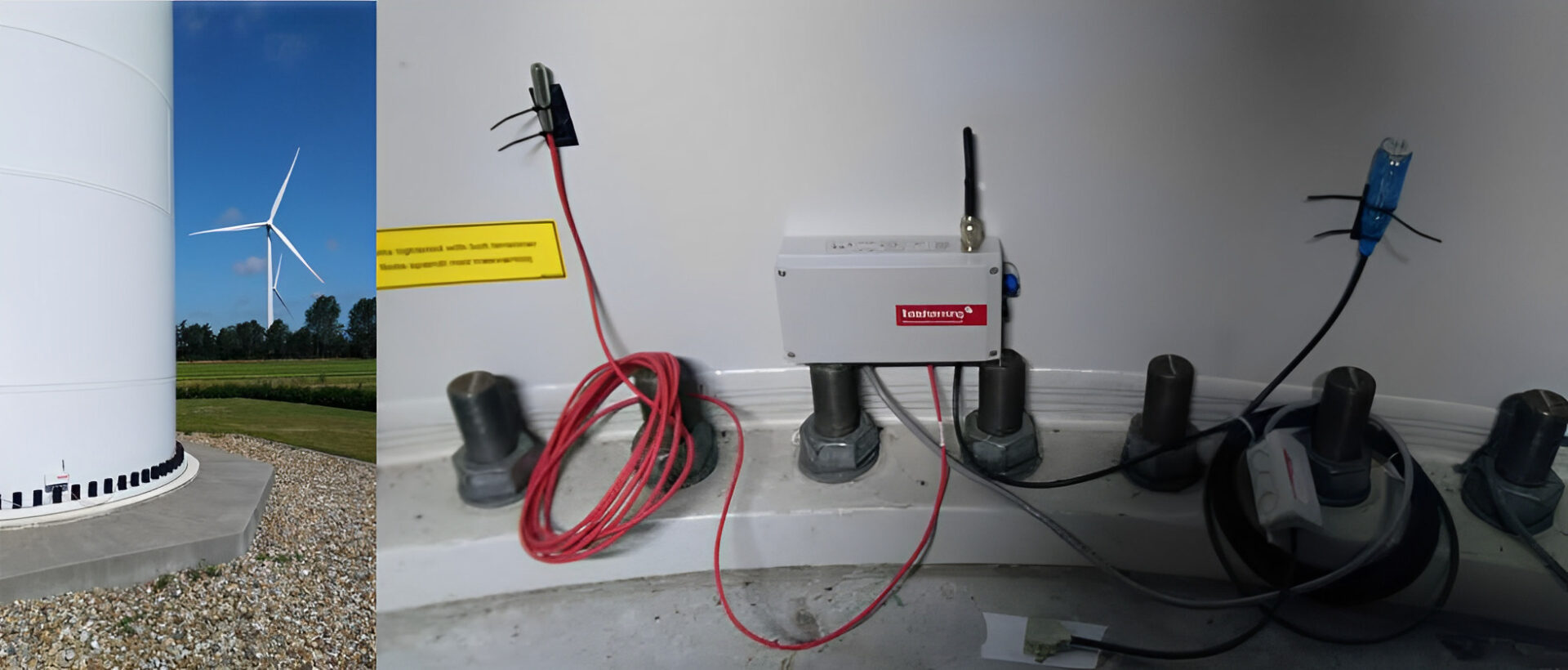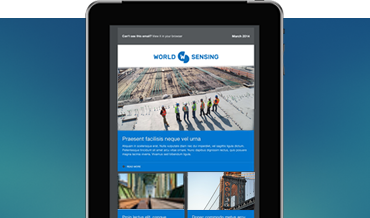Why Monitor Wind Turbine Foundations
In this article, we explore the critical role of monitoring the structural health of wind turbine foundations, whether as part of inspection campaigns or regular operations and maintenance.
Although wind turbine monitoring usually focuses on the blades and mechanical components, it is crucial to recognize the operational, financial, and risk management benefits of foundation monitoring. We will explore how foundation monitoring can optimize wind farm efficiency, save costs, ensure safety compliance, and prolong the lifespan of wind turbines. The latter is particularly relevant amidst a current context where wind farm infrastructure is ageing: the need for extending the lifetime of these assets becomes critical to meet the anticipated demand for clean energy sources.
We also discuss the impact of climate change on wind turbine towers and foundations and suggest measures to mitigate the risks.
Join us as we uncover the best practices behind safeguarding wind turbine foundations in the face of climate change, and discover the potential of this approach in advancing wind energy sustainability.
Worldsensing wireless data loggers record tower tilt, bolt tension, and foundation subsidence in Denmark as part of the European Union’s Horizon 2020 Virtuwind project (Grant agreement No 671648)
Operational Advantages
Early Detection of Issues: Regular monitoring of key structural parameters, such as tilt, and vertical and horizontal displacement, helps identify structural issues early, allowing for timely repairs or maintenance. This minimizes downtime and maximizes the operational efficiency of the wind turbines. Typical sensors used include inclinometers, strain gauges to verify design assumptions under load, and crack meters to monitor the evolution of cracks once they are detected.
Optimal Performance: By carefully monitoring the structural health of wind turbines, any deviations or abnormalities can be swiftly detected, thus ensuring that they operate optimally. Even the slightest movement of foundations can create additional stress on the entire turbine, a factor that might have been overlooked during the design phase. By tracking the behavior of wind turbine foundations, it is possible to understand their condition better, optimize energy production, and minimize revenue losses resulting from underperformance or unexpected downtime.
It is also crucial to factor in the impact of climate change on these structures, as extreme weather events can lead to increased loads and stresses. Changes in precipitation patterns and soil moisture content can also affect the stability and bearing capacity of the foundation while rising sea levels and coastal erosion can impact offshore wind turbine foundations.
Financial Advantages
Cost Savings: By monitoring the structural health of wind turbine foundations, potential failures or major repairs can be anticipated and addressed proactively. This helps avoid costly emergency repairs or replacements, which require the turbine to be stopped (i.e. unplanned downtime), which can have a significant financial impact.
Lifetime Extension and Repowering: In the context of lifetime extension and repowering projects, monitoring the structural health of wind turbine foundations becomes even more crucial. It enables wind farm operators to assess the remaining useful life of the foundations accurately. By identifying any degradation or deterioration in advance, appropriate measures can be taken to extend the lifespan of the wind turbines beyond their initially estimated operational life. It also helps determine the suitability of the existing foundations for repowering and assess whether they can withstand the increased loads and stresses associated with new and more powerful turbines. By monitoring the foundations, operators can make informed decisions about foundation upgrades or replacements to ensure the long-term viability of the wind farm.
Risk Management Advantages
Safety Assurance: Wind turbines are subjected to various environmental factors, including strong winds, vibrations, and extreme weather events. Monitoring the structural health helps ensure the wind turbines’ safety and minimize the risk of catastrophic failures that could endanger personnel or nearby infrastructure.
Regulatory Compliance: Many countries have regulations and standards in place to ensure the structural integrity of wind turbines. Regular monitoring and maintenance of the foundations help wind farm operators comply with these regulations, avoiding potential penalties and legal issues.
Overall, monitoring the structural health of wind turbine foundations provides operational efficiency, financial savings, and effective risk management. It allows for proactive maintenance, early issue detection, and informed decision-making, maximizing wind turbines’ performance, lifespan, and safety, even more so in the face of climate change challenges.
Worldsensing data loggers are capable of reading a large variety of structural, geotechnical and environmental sensors, wirelessly sending data to a gateway. With a battery life in excess of 10 years, wireless nodes can be easily installed and importantly, re-deployed on other turbines with minimal effort. Data can be sent from hundreds of nodes, covering multiple turbines to a single gateway located up to 15km away, providing an easy and secure solution to manage safety critical data.
If you wish to know more about Worldsensing’s solutions, contact us.


